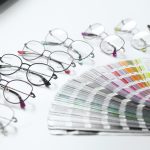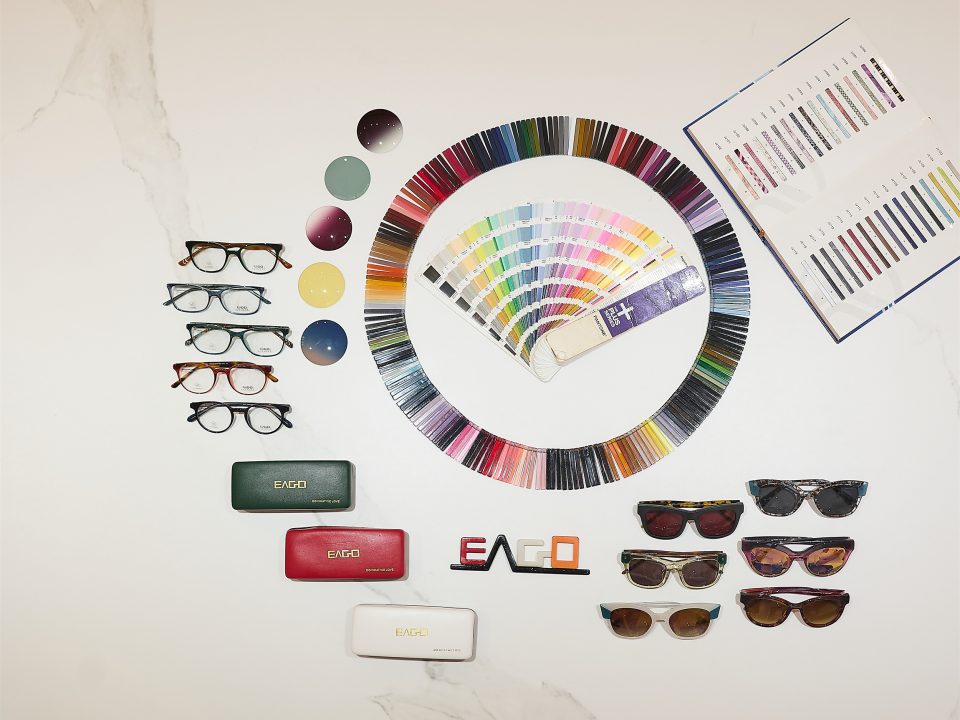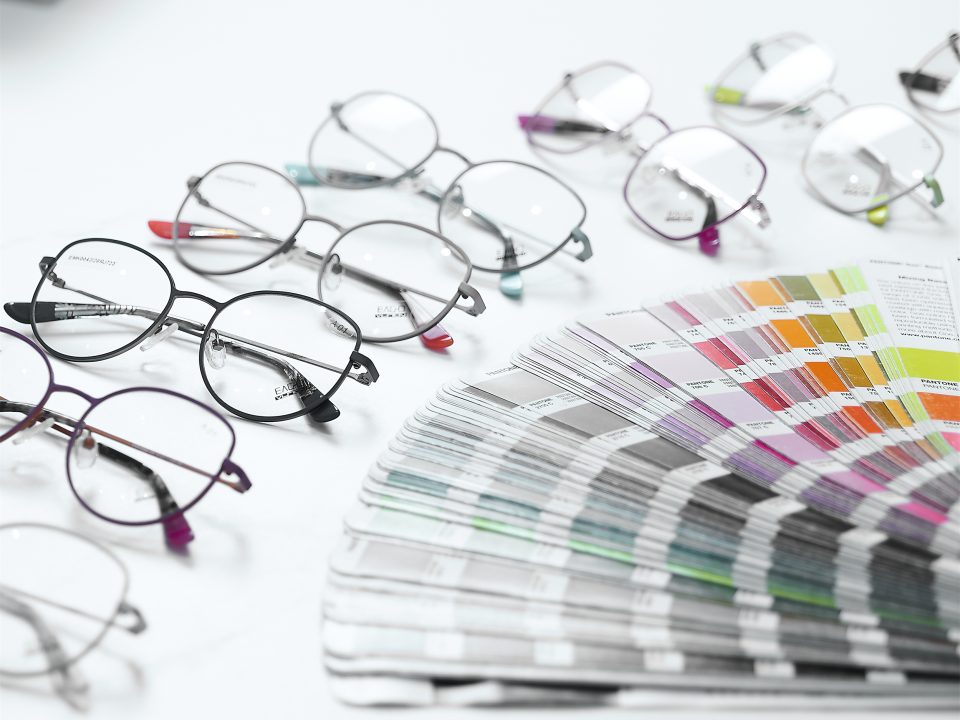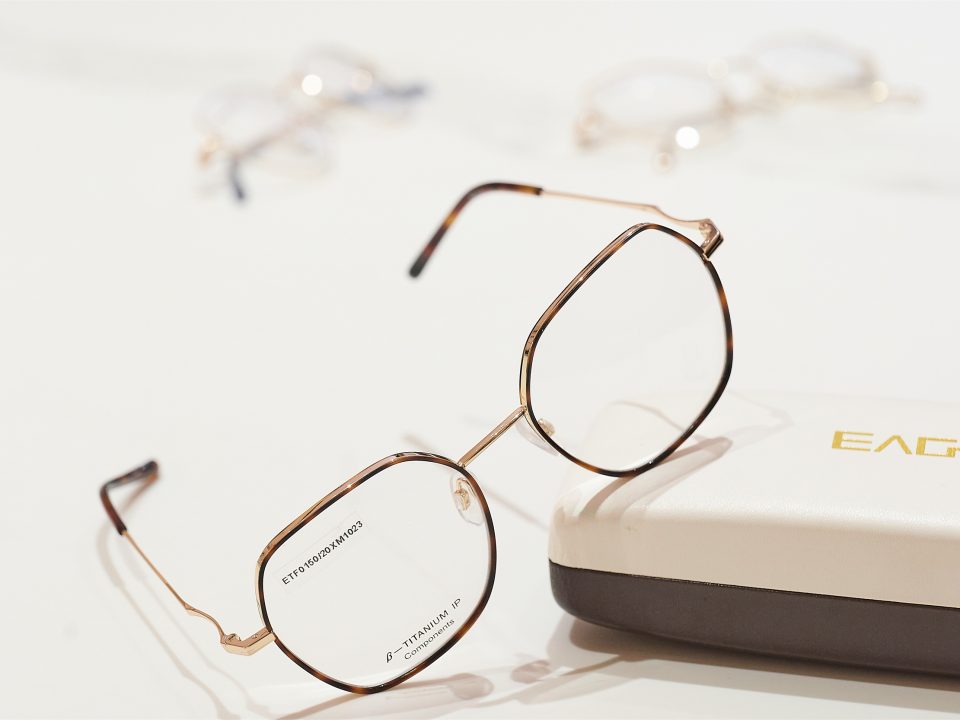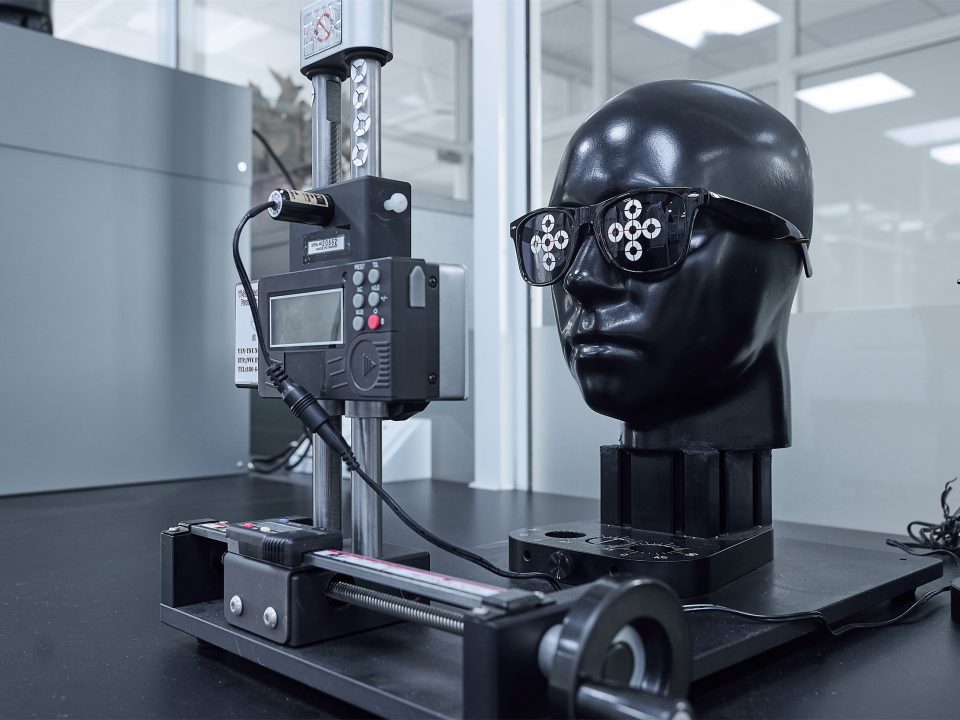Common problems with glasses that we all encounter include losing our glasses while they are in front of us or running into objects when the lenses fog up. You are not the only one who has had similar issues. We have compiled a list of common issues with glasses, along with solutions.
Worsening Eye Conditions
Even with glasses, many eye diseases might worsen with time. While glasses may improve your vision, they cannot reverse the progression of conditions like cataracts, macular degeneration, or presbyopia. See your eye doctor if you feel that your eyesight is becoming worse. They may determine what additional problems could be influencing your eyesight or offer you a new prescription.
Scratches
It is normal to scratch your glasses while cleaning them, particularly if you use harsh materials. Even though it is less convenient than wiping your glasses on your shirt, always clean your spectacles using lens spray and a microfiber towel to prevent this. In order to shield your glasses from scratches from other surfaces and objects, store them in a case while not in use.
Loose Frames
When eyeglass frames degrade, a typical problem is that the lenses become loose. You may loosen them even more by bending them often as you put them on or take them off. To have them fixed and tightened, you may see an optometrist. A new pair of eyeglasses may be necessary if that does not resolve the issue.
Stretched Frames
Plastic picture frames may expand when left out in the sun. In addition to making your spectacles uncomfortable and prone to falling off, this causes the frames to distort and enlarge beyond your face’s proportions. A new pair will likely be required in this case.
Blurriness
It might be due to a change in your vision or an improperly adjusted pair of bifocals if you are finding it more difficult to read with them. Things might seem hazy because old glasses have a tendency to slide. Additionally, as time goes on, your vision might fluctuate, which could need a stronger prescription. Having your prescription reviewed and updated on a regular basis might help with blurriness.
Nighttime Glare
The glare from cars and lamps makes it hard for many individuals to see well, even with their glasses. Selecting glasses with an anti-reflective coating may alleviate this glare, making nighttime driving more comfortable.
Headaches
Traditional bifocals may not be the best choice for occupations requiring near vision, such as using a computer or phone, which may lead to headaches. You can have eye discomfort as your eyes adapt to various portions of the lenses. For more natural changes in vision, you may want to look into getting no-line bifocals. It may be time to get a new prescription if you use conventional glasses yet continue to get headaches. Consult an optometrist.
Sweat
Protect your spectacles from sweat if you are active or have oily skin. It might prevent your spectacles from sliding down your nose. Make sure your spectacles rest comfortably on your ears, and always have a little towel on hand to wipe out the bridge and nose pads.
Motion Sickness
Because your peripheral vision changes when you switch medications, you may have motion sickness. You should wait until you have adjusted to your new spectacles before doing anything that requires quick movements. See an optometrist if the problem persists or worsens.
Reflective Glare
Polarized sunglasses may alleviate glare and eye strain caused by strong sunshine. They alleviate strain on your eyes by lowering the amount of light that reflects straight into them.
Squished Objects
Misaligned lenses may cause things that are normal while looking straight ahead to seem compressed when seen from an angle or in other directions. To resolve this problem, see your optometrist.
Double Vision
You may have temporary blurred vision or double vision as your eyes adapt to your new prescription. See an ophthalmologist if this does not work or if the problem continues. It might be a sign of a more serious issue or the need to adjust your medicine.


